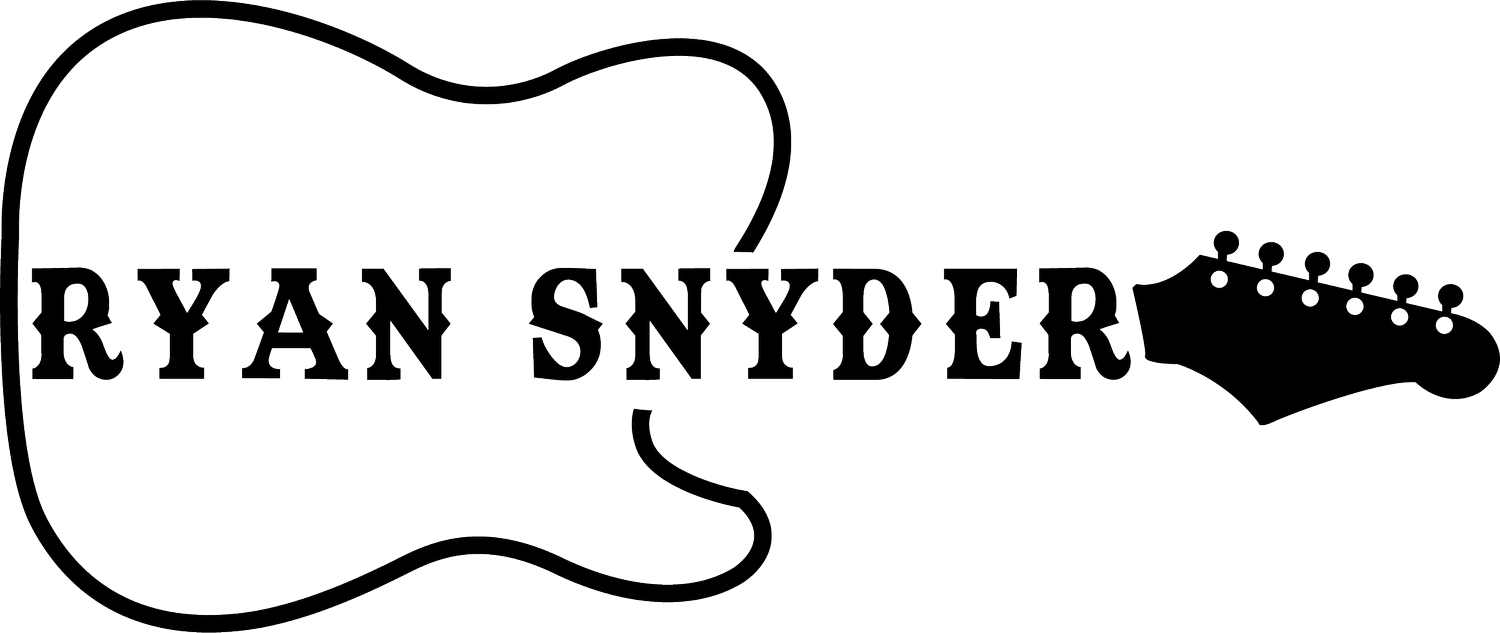Learning The Notes of the Neck
This article was originally posted on the S&R Blog.
Today we are going to discuss a very basic concept – learning the notes of the neck. Take a look at your guitar neck. Can you tell me what note is the 9th fret of the B string? If it took you longer than half a second to know that is a G# note, then you should spend some time each day for two weeks learning the notes on the neck.
Now, this is a concept I wish I learned earlier in my musical journey. Being able to identify a note when plucking a certain fret instantly is vital to understanding more advanced music theory techniques. I know some people will be pushing back claiming that “theory robs individuals of creativity!” To that, I say you are never worse off for knowing something.
There have been times where I’ll be in a jam or practice and a bandmate of mine will tell me I should play [insert a note here] instead of the note that I originally played. For longer than I am proud to admit, I didn’t know which note they were talking about because I didn’t know the notes of the neck. Now, knowing the notes of the neck, I am able to easily find the correct note the next go around.
Another advantage is to possess the ability to transpose a piece of music that is not originally played on guitar. On November 19 [2017], I posted a video on Instagram covering the String Cheese Incident’s Rhythm of the Road on guitar and mandolin while being accompanied by vocals and bongos. I first figured out the melody on my mandolin – yes, by ear. But after I knew which notes were played on mandolin, I was able to easily recreate the same melody on guitar because I knew the notes of the neck.
So what is the best way to learn the notes? I have found that taking one string and learning the notes of the C major scale on that string. The next day, take the next string and learn the C major scale on that string and continue this habit until you can properly identify a random note on a string at will.
The reason I use the C major scale is that there are no sharps or flats. If you know your basic theory, you know the twelve notes of a guitar A, A#, B, C, C#, D, D# E, F, F#, G, G#. Learning the positions of C major scale reduces the number of notes you need to memorize and use simple theory to fill in the sharps and flats in between.
It’s a simple and short lesson, but your playing will skyrocket and your ability to learn songs easier will come quicker if you learn the notes of the neck.
Until next time, let the music play!
